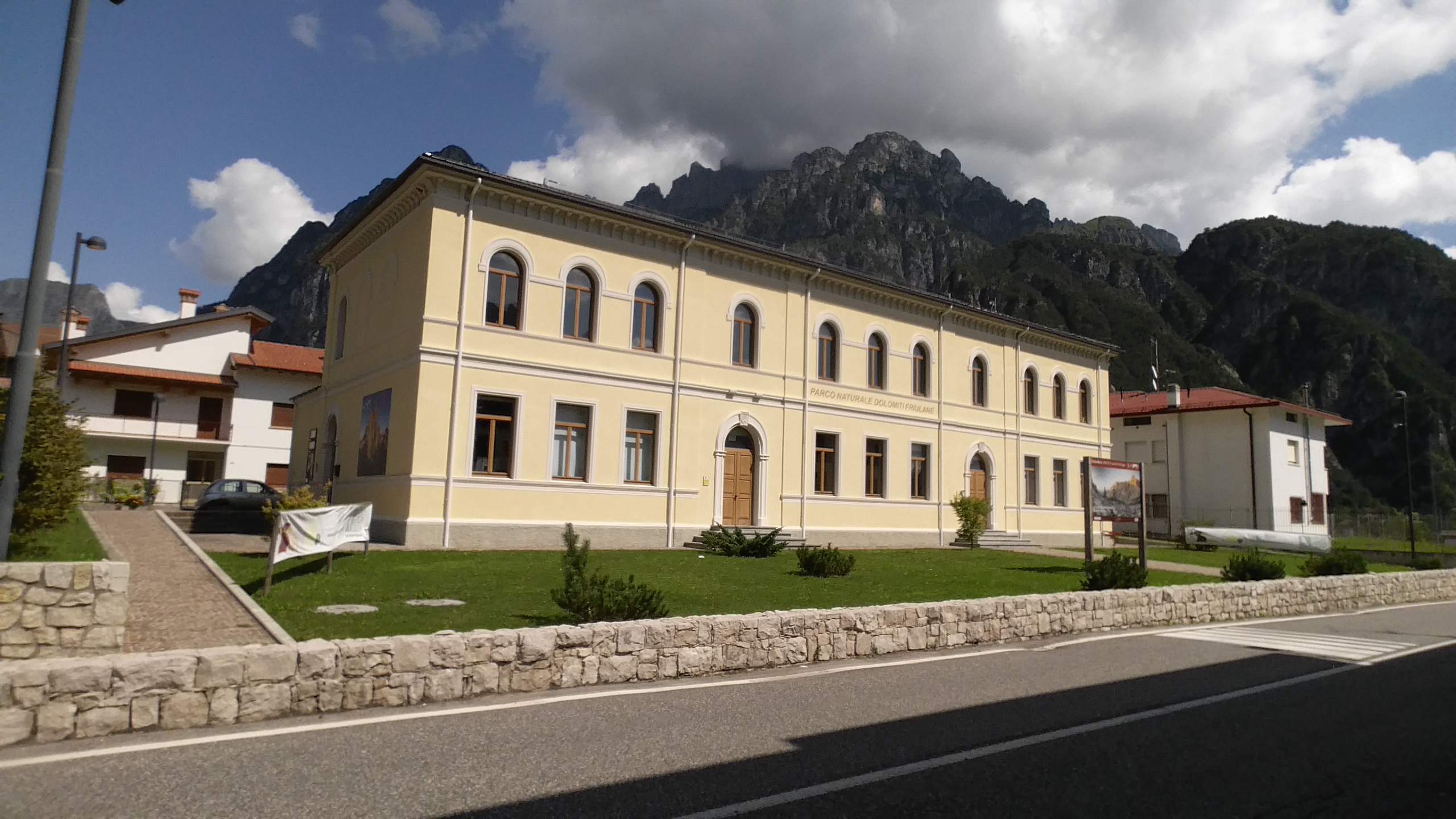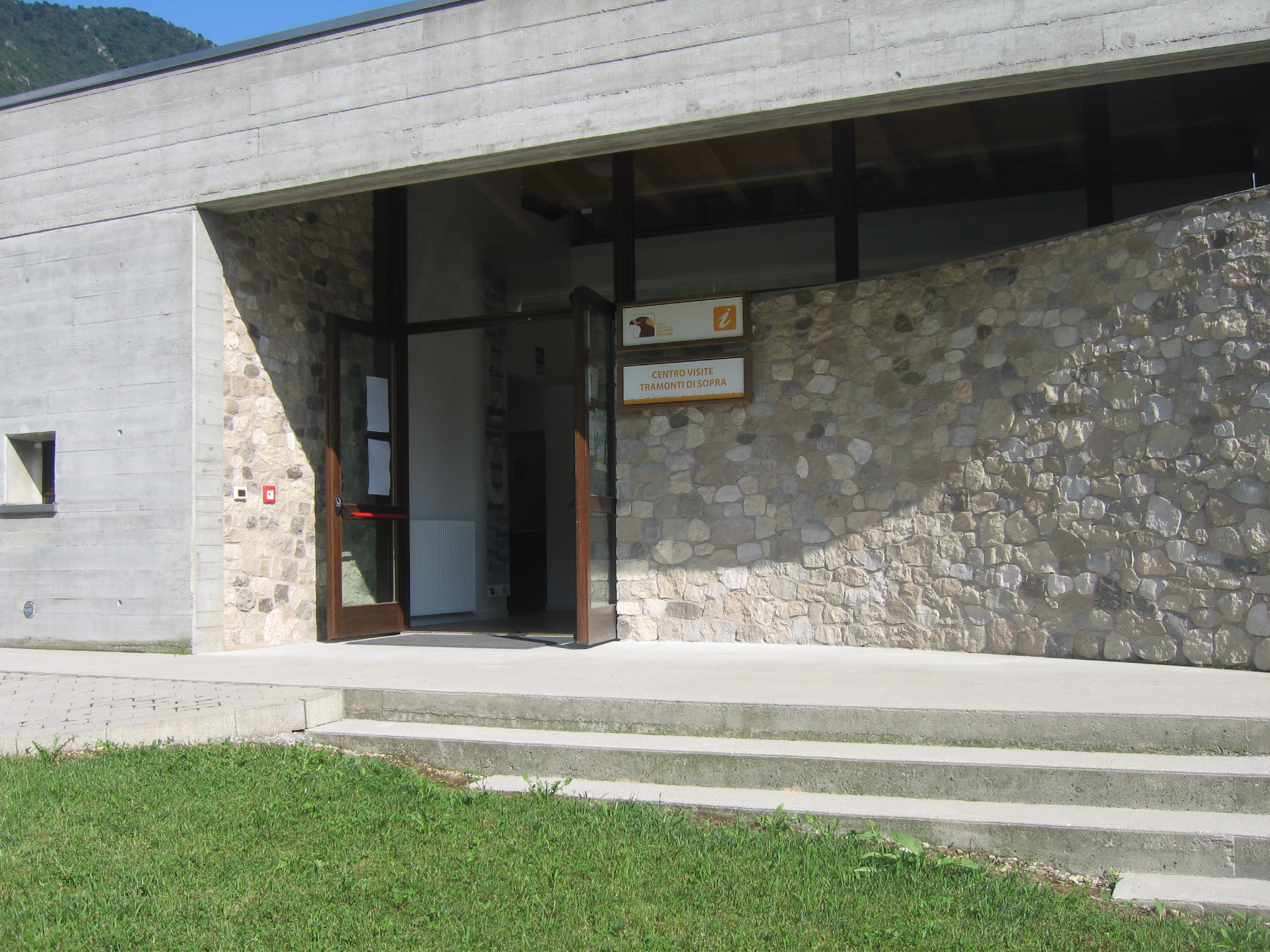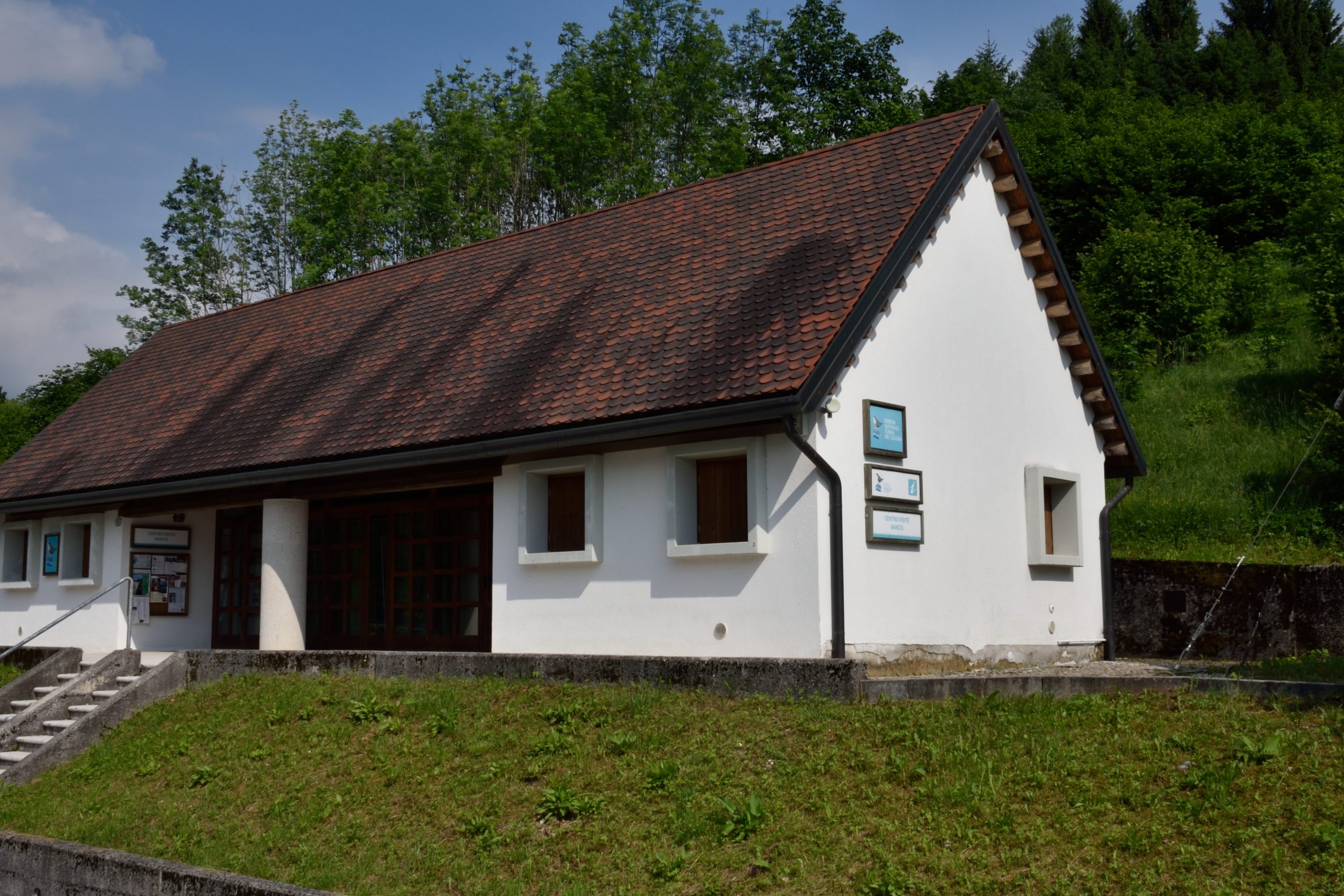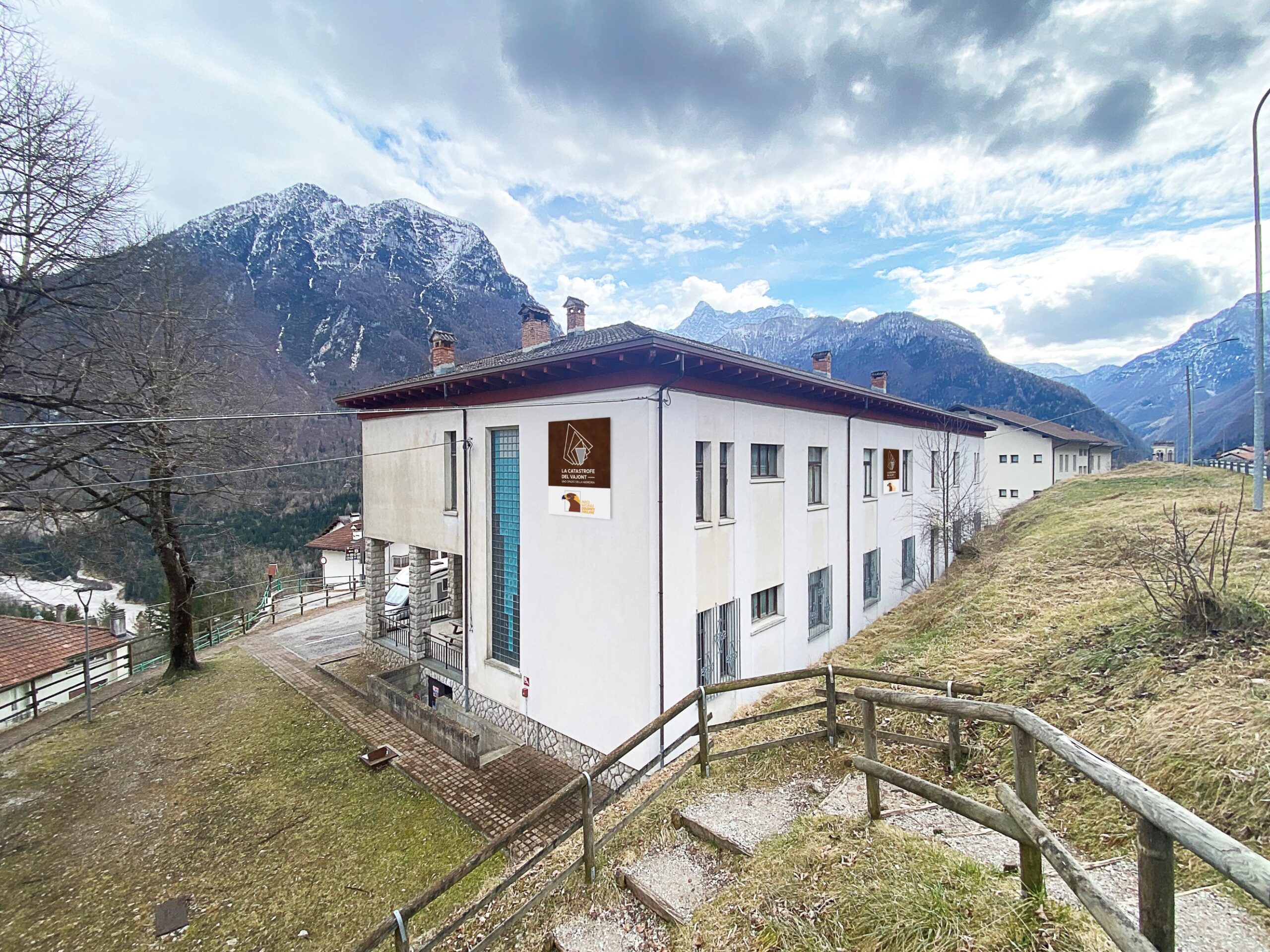Orario apertura 2025
Dal 01 gennaio 2025 al 31 maggio 2025
Aperto da Pasqua la Domenica 14.00-17.00
APERTO ANCHE DURANTE QUESTE FESTIVITÀ:
Da Mercoledì 1 gennaio a Lunedì 6 gennaio 2025 15.00-19.00
Domenica 20 aprile e Lunedì 21 aprile 2025 14.00-17.00
Da Venerdì 25 aprile a Domenica 27 aprile 2025 14.00-17.00
Da Giovedì 1 maggio a Domenica 4 maggio 2025 14.00-17.00
Dal 1 giugno 2025 al 30 settembre 2025
Giugno e Luglio: Aperto Sabato e Domenica 15.30-18.30
Da Sabato 26 luglio a Domenica 31 agosto: Aperto TUTTI I GIORNI 15.30-18.30
Domenica 7 settembre 2025 15.30-18.30
APERTO ANCHE DURANTE QUESTE FESTIVITA’:
Lunedì 2 giugno 15.30-18.30
Venerdì 15 agosto 15.30-18.30
Dall’8 settembre 2025 CHIUSURA AUTUNNALE
Dal 1 ottobre 2025 al 31 dicembre 2025
Da Domenica 7 dicembre: Aperto Sabato e Domenica 15.00-19.00
Da Sabato 20 dicembre a Mercoledì 31 dicembre: Aperto TUTTI I GIORNI 15.00-19.00 (Ad Andreis Nevica la Fantasia)
APERTO ANCHE DURANTE QUESTE FESTIVITA’:
Lunedì 8 dicembre 15.00-19.00
Giovedì 25 dicembre 15.00-19.00
Venerdì 26 dicembre 15.00-19.00
EXHIBITION “BIRDLIFE OF THE PARK” – BIRDLIFE AREA
“The Birdlife of the Park” and its relationship with the environment and man are the guidelines of this Visitors Center, which is hosting an exhibition, a teaching hall and a projection and conference room. Connected to the Andreis Visitors Center there is “The Birdlife Area” of the Park, a rescue center for all wounded birdlife. The exhibition on birds opened in 2001 is very interesting and it includes an ornithological collection of over 200 naturalized specimens representing the different species of birds found not only in the park but in the whole region.
The Birdlife Area of Andreis is one of the realities of the Natural Park of the Friulian Dolomites. It is characterized by the teaching room, the naturalistic laboratory, the nature trails of Mount Cjavac, the hill of San Daniele, the recovery and acclimatization aviaries for injured birds and the from the veterinarian clinic.
Collegata al Centro visite di Andreis c’è “L’Area Avifaunistica” del Parco, la quale ospita un centro di recupero Avifauna ferita.
- INDIRIZZO: Via Acquedotto, 7 33080 Andreis (PN)
- TELEFONO: +39 042787333
- EMAIL: info@parcodolomitifriulane.it
Collegata al Centro visite di Andreis c’è “L’Area Avifaunistica” del Parco, la quale ospita un centro di recupero Avifauna ferita.
L’area delle voliere è situata sopra l’abitato di Andreis: al loro interno sono ospitate diverse specie di uccelli: falchi, gheppi, poiane, allocchi, sparvieri, un astore e un’aquila reale. Alcuni di questi hanno subito lesioni che non consentono loro di ritornare in libertà.
The animal victims of accidents or debilitating diseases do not accept any kind of medical treatment: before, during and after any treatment, their answer is always escape. This explains how difficult it is to treat them and how can be limited the recovery attempts on these “no- collaborative patients”. However, a rehabilitation center is based not so much on the number of guests hosted but on the educational message that it spreads, aimed to reduce the many causes (almost always of human nature) that produce disability. Until a few years ago a wounded animal was doomed to end up stuffed, caged or sold, today, thanks to the work of structures such as the Birdlife Area of Andreis, they can hope for a more dignified fate.
See the charts of hospitalized birds of prey
Le voliere si distinguono in due costruzioni:
- one consists of four cages that house irretrievable types of hawk;
- the other is constituted by a single cage, very large, in which are introduced the healed birds that need to acclimate and practice before being released.
The aviaries are at the heart of the recovery center. Birds housed within them, largely types of hawks, suffered injuries that do not allow him to return to freedom. Anyone passing quietly near the cages, can closely observe the birds of prey. The approach to the aviaries should always be undertaken with caution, and avoid touching the nets, so that the birds do not get frightened and start to fly, ruining their plumage. We can see at close range the golden eagle, the buzzard, the peregrine falcon, the kestrel, the sparrow hawk, the goshawk and the tawny owl. The chance to see these beautiful birds represents a valuable educational opportunity. With a little attention, then you may also see along the paths, these beautiful animals free in their natural environment.
The release of recovered birds is a very exciting time which generally takes place publicly, near the aviaries or in other places.









